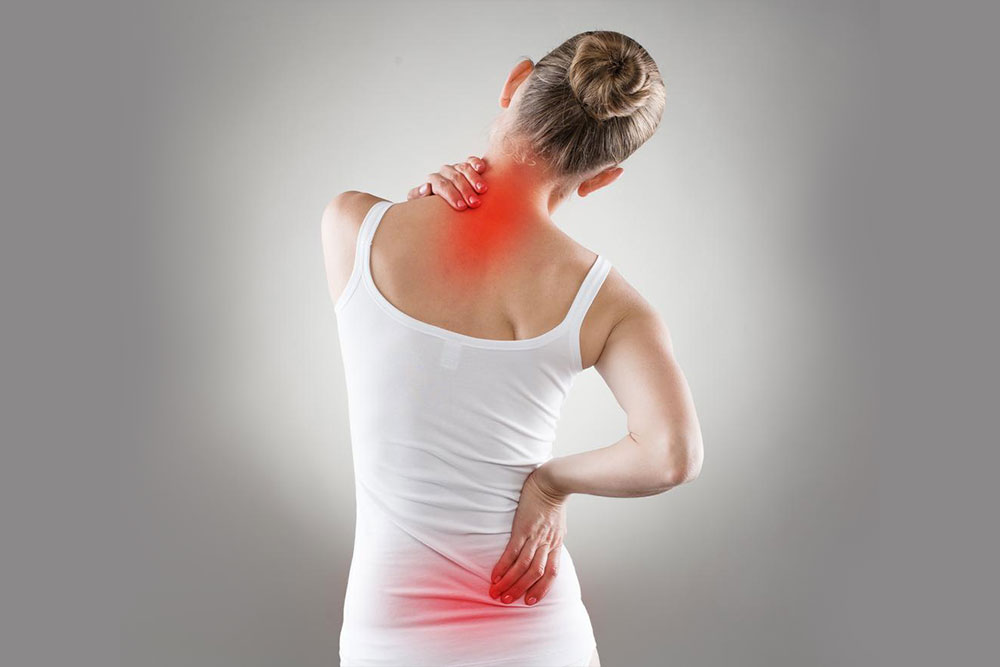Osteoporosis: Risk factors, symptoms and treatment
Rheumatoid arthritis is a condition in which the immune system starts to attack its own healthy cells and tissues. As a result, the joints and the membranes surrounding the joints become inflamed and releases enzymes that damage and break bone cartilages. The condition can lead to osteoporosis. It is a stage when the bones have become less dense and are more likely to fracture. The bones also tend to get brittle in such stages, and even a minor fall can lead to potential fractures. Bones are constantly getting replaced just like our skin. When the new bones are not created due to a defect, then osteoporosis can occur.

Risk factors for osteoporosis
Several risk factors can contribute towards osteoporosis, the most common being thinness or a small frame, low calcium intake and physical inactivity. The other factors include hereditary reasons and having early menopause, smoking and alcohol abuse. Some medications such as glucocorticoids are also known to increase the chances of osteoporosis significantly.
Osteoporosis symptoms
Osteoporosis is often called a silent disease as it does not exhibit the symptoms in the early stages. When they occur, osteoporosis symptoms can include pain and stiffness in the joints, muscle weakness, and swelling.
Treatment overview
Though there are no cures for osteoporosis, there are treatments available to reduce the symptoms. The treatments are aimed at reducing joint pains and preventing damage to the joints. The treatment depends on how far your joints are affected and focuses on giving the range of movements required by your joints. Most milder and moderate cases are taken care by medications and changes to your lifestyle. These can include exercise and weight loss and changes in your diet patterns. Cold therapy, ice packs, and ice massages are other therapies that you can take as per the advice of a physician.
In more advanced stages, steroid shots are taken to manage inflammation. In some rare cases, if none of the treatment methods work, you might have to undergo a surgery that will aid the movement of your joints. A joint replacement surgery to replace the damaged joints may also be tried in some cases, but these are for rare cases. Osteoporosis may not be altogether eradicated, but the conditions can be reduced drastically by following certain changes to your diet and lifestyle. Do not smoke; curb your alcohol intake. Also, give your body a balanced protein and calcium diet. Do consult with your dietitian about your age and the types of food that you should have. You can even opt for supplements after consulting with your doctor.

